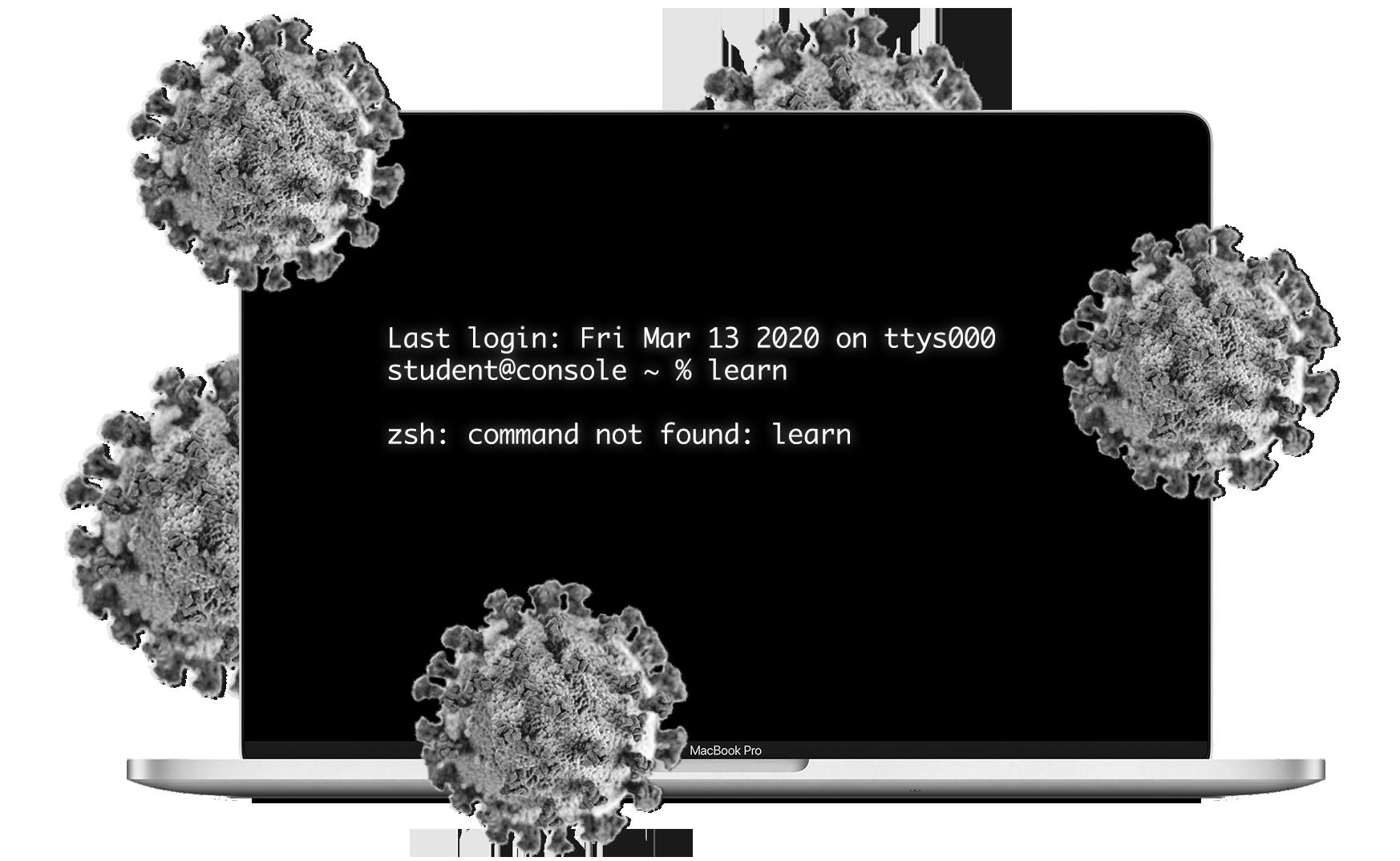
3 minute read
Learning loss affecting students in the long run
from ILAW 2022-2023
BY JANNELLE GUERIÑA
The Department of Education (DepEd) - reiterated its commitment to address “learning losses” of Filipino students and the shift to distance learning due to the COVID-19 pandemic.
Advertisement
After two years of closure because of the pandemic, public and private schools, including the St. Bridget School of Buhi, welcomed more than 28 million students who went back to their classrooms in August. It was a bold move amid the scare of the spread of COVID-19, the lack of school infrastructure, and the economic slowdown.
It goes without saying that recovering its learning deficiencies will take more than a hundred days. A hundred days, on the other hand, is a good starting point for assessing the government’s position on the aforementioned loss. The call for an education president who prioritizes reducing the rate of learning poverty in the Philippines is valid and must be heeded, as the pandemic has impacted learning loss among students, posing long-term individual, social, and economic threats to the country’s and its citizens’ development.
At the age of 11 years old, Therese Maguljado is already certain that she wants to become a teacher. “Para marami akong maturuan,” she said, resolved with the dream that she aims to pursue in the future. Her mother, Teresa Maguljado, shared that since Therese learned how to read and write in second grade, she would take her time to teach her peers in their community at Buhi, Camarines Sur. Mrs. Maguljado stated that although Therese and her friends are now in their seventh year of high school, many of her peers still struggle with reading and writing.
Therese’s classmates are among the numerous children who have suffered educational setbacks and loss of knowledge as a result to school closures. Students like them should be able to read and comprehend texts by now, but according to a World Bank research released this year, nine out of every ten students in their late primary years are unable to read or comprehend a simple story. This figure is the highest of any Asian country, placing the Philippines at the bottom of the list.
According to a study that assessed the longterm learning deficits caused by the short-term shock of school closures, students could lose more than a full year’s worth of learning from a three-month school closure if remediation is not combined with long-term curriculum reorientation.
The shift to remote learning due to the pandemic worsened the already dire educational situation, depriving students of the knowledge and competencies expected of their age.
In the first months of the implementation of remote classes, Therese’s enthusiasm for learning was depleted. Mrs. Maguljado recounted that Therese even told her she was going to stop attending school for a while.
Therese lamented the inability to learn anything from solely relying on DepEd’s self-learning modules. She also had a hard time coping due to the lack of interaction with her classmates and teachers.
According to a poll performed by the Movement for Safe, Equitable, Quality, and Relevant Education, 53% of students do not believe they can master the DepEd-mandated competences for their grade level through distant learning.
“Dahil wala naman silang natutuhan, banggit nga ng mga bata rito, nagpapasa na lang sila dahil required. Hirap silang magbasa, hindi rin sila marunong sa usapin ng matematika, sa pagbabasa, at sa pagsusulat,” shared Norielyn Lariosa, the Program Coordi- nator of Salinlahi Alliance for Children’s Concern, an alliance of organizations who advocate for children’s rights.
Students lost basic numeracy and literacy skills due to the extended period of learning outside the classroom where such abilities could have been obtained and this loss is far too significant to be dismissed. To restore education lost due to school closures, which are aggravated by economic, personal, and social circumstances, the government must provide intense and active support, especially at the basic level and for the marginalized. Rebuilding their mental and physical health, social development, and nutrition involves more than a return to the traditional face-to-face modality of learning.
As learning loss intensifies more than two years after the implementation of distant learning, students must now prepare for the long-term individual, social, and economic consequences, which constitute a critical threat to their development and the development of the country. At this point, students would not only be deprived the ability to access opportunities to alleviate their poverty in the future, but also the capacity to question the political and economic systems that brought them in that position in the first place.










